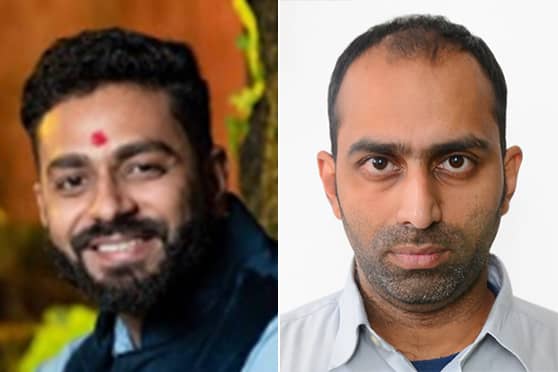IIT Mandi develops wireless powering and communication technology


A team of researchers at the Indian Institute of Technology (IIT) Mandi is developing an efficient remote powering and communication technology with futuristic Internet of Things (IoT) applications. The new technology will have a range of applications from ‘smart’ household appliances to sophisticated scientific tools.
The study was led by Siddhartha Sarma, assistant professor, School of Computing and Electrical Engineering, IIT Mandi. Co-authored by IIT Mandi, School of Computing and Electrical Engineering, PhD scholar Shivam Gujral, the study has been published in the Wireless Networks.
IoT is a collection of devices that exchange data through the internet. These ‘smart’ objects come equipped with sensors, chips and software that need a power source to stay in communication with each other. Due to the constancy of power required by these objects and the difficulty of charging batteries, power sources like batteries are insufficient. This is why there is a global need for combining remote communication tech with remote powering.
“We have developed a cooperative model, in which backscatter communication and radiofrequency energy harvesting (RF-EH) devices act together to optimally allocate the resources such as time and antenna weights,” Gujral said.
The team studies the two different powering options. Energy, in RF-EH, is transmitted to the IoT device through radio waves from a dedicated transmitter. These are the same waves that are used in mobile phone communication. Backscatter communication also uses radio waves to transmit power but it is done with or without a dedicated transmitter. This system, like WiFi and cellphone signals, harnesses the radio waves through reflection and backscatter.
Both the systems have pros and cons. For example, while backscatter devices offer considerable energy savings, it has a shorter transmission range and reduced data rate.
The IIT Mandi team is trying to leverage the complementary nature of both the systems and combine them to get the desired Quality of Service (QoS) and efficiency.
Speaking about the technical aspects, Sarma mentioned, “We used a dedicated power transmitter for the two devices, in which the backscatter device transferred information through a monostatic configuration and the RFEH device through the HTT protocol. The team used extensive numerical simulations to establish the superiority of the proposed cooperative scheme over existing schemes. In these simulations, key parameters were varied to analyse the performance of the model.”
The team plans on real-time implementation of the joint radiofrequency energy harvesting-backscatter communication system to analyse the performance. To reach the proposed potential of the system the team has to work on the hardware aspects of the complementary technologies.